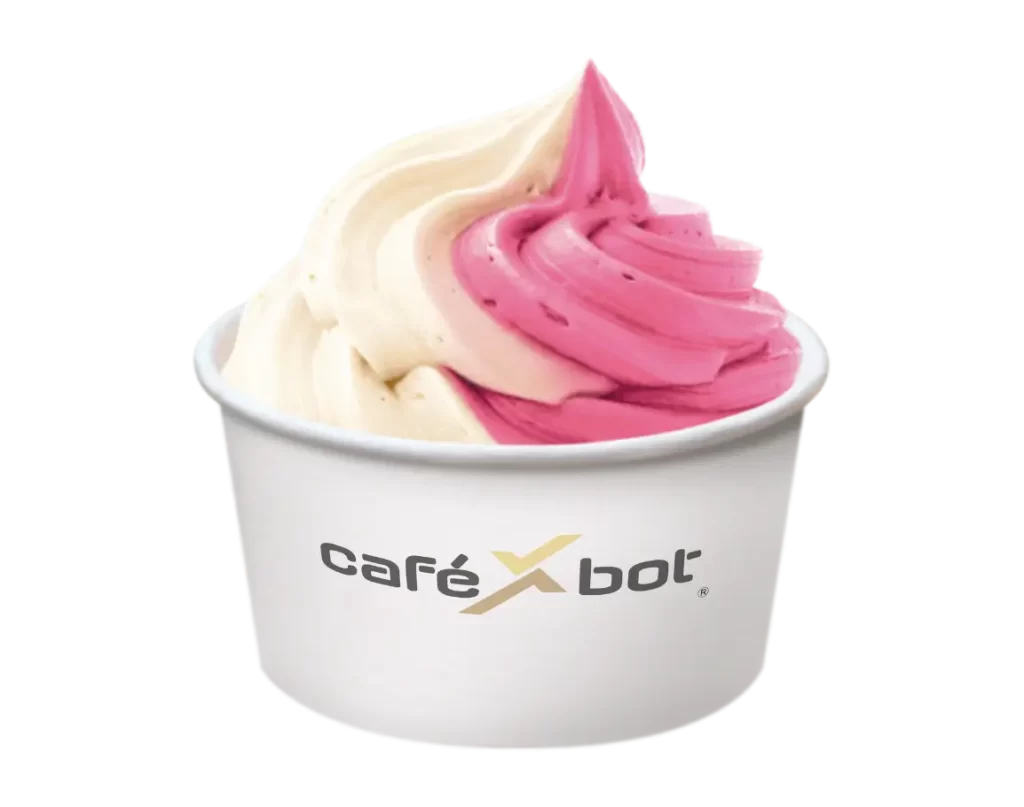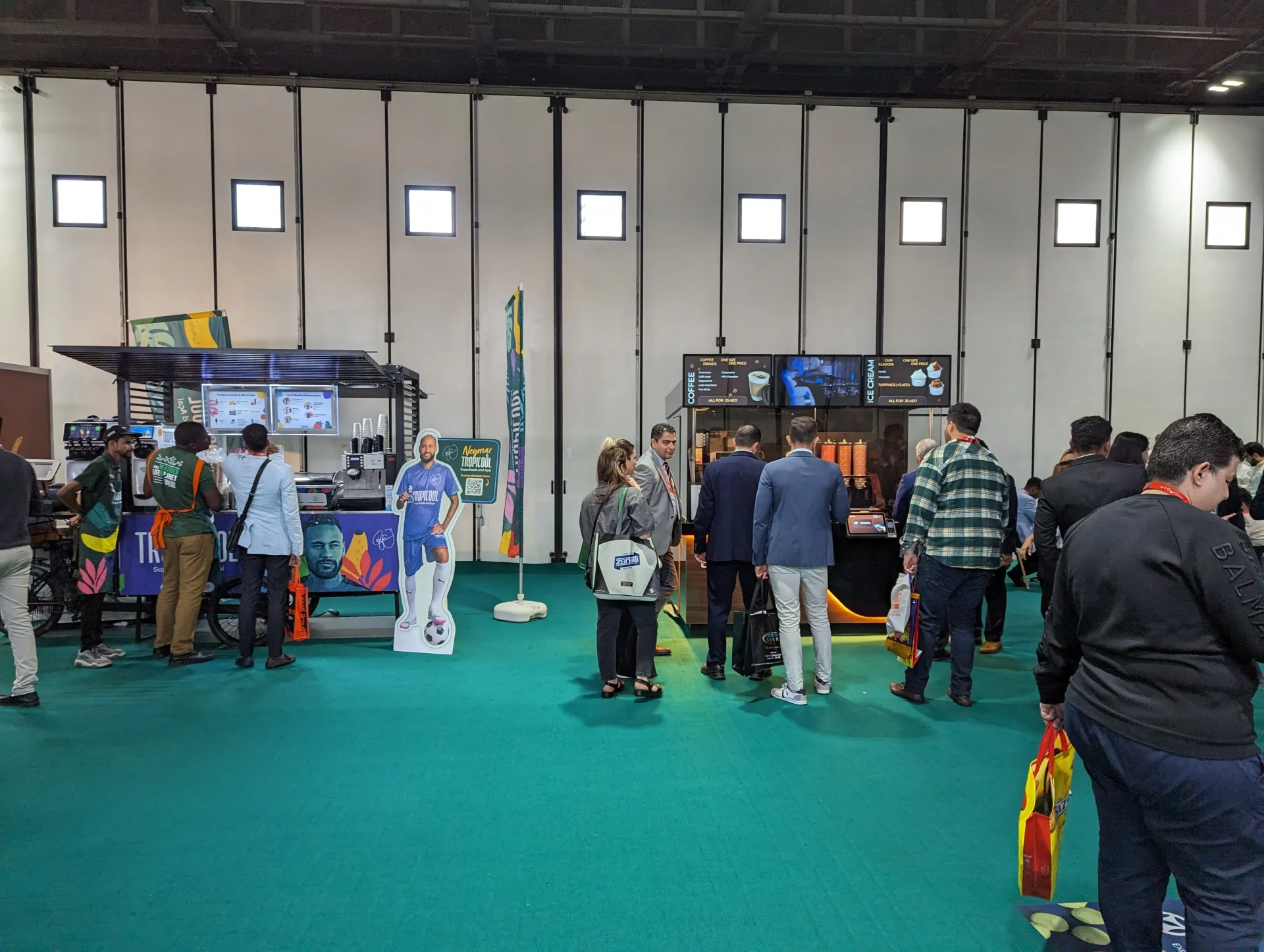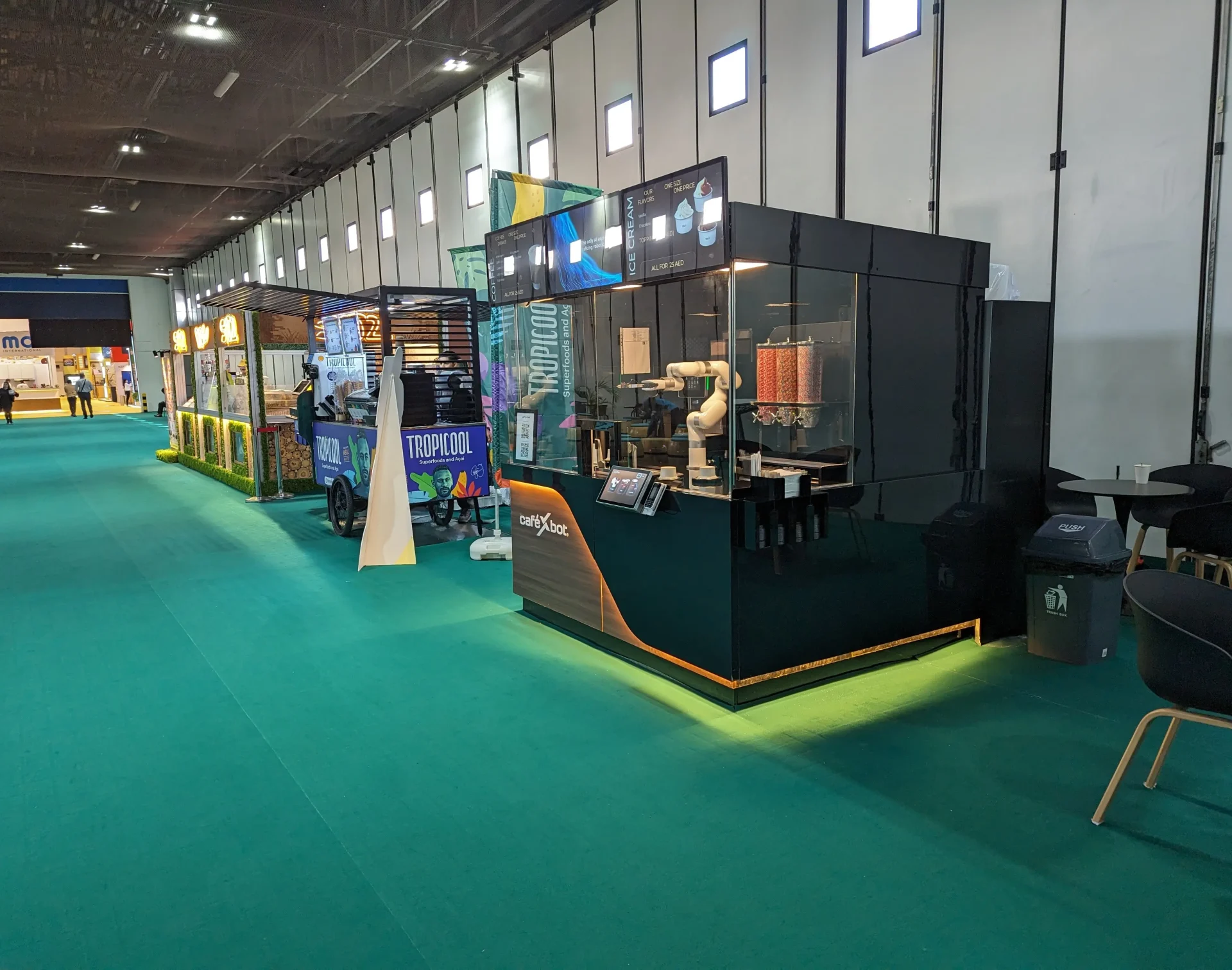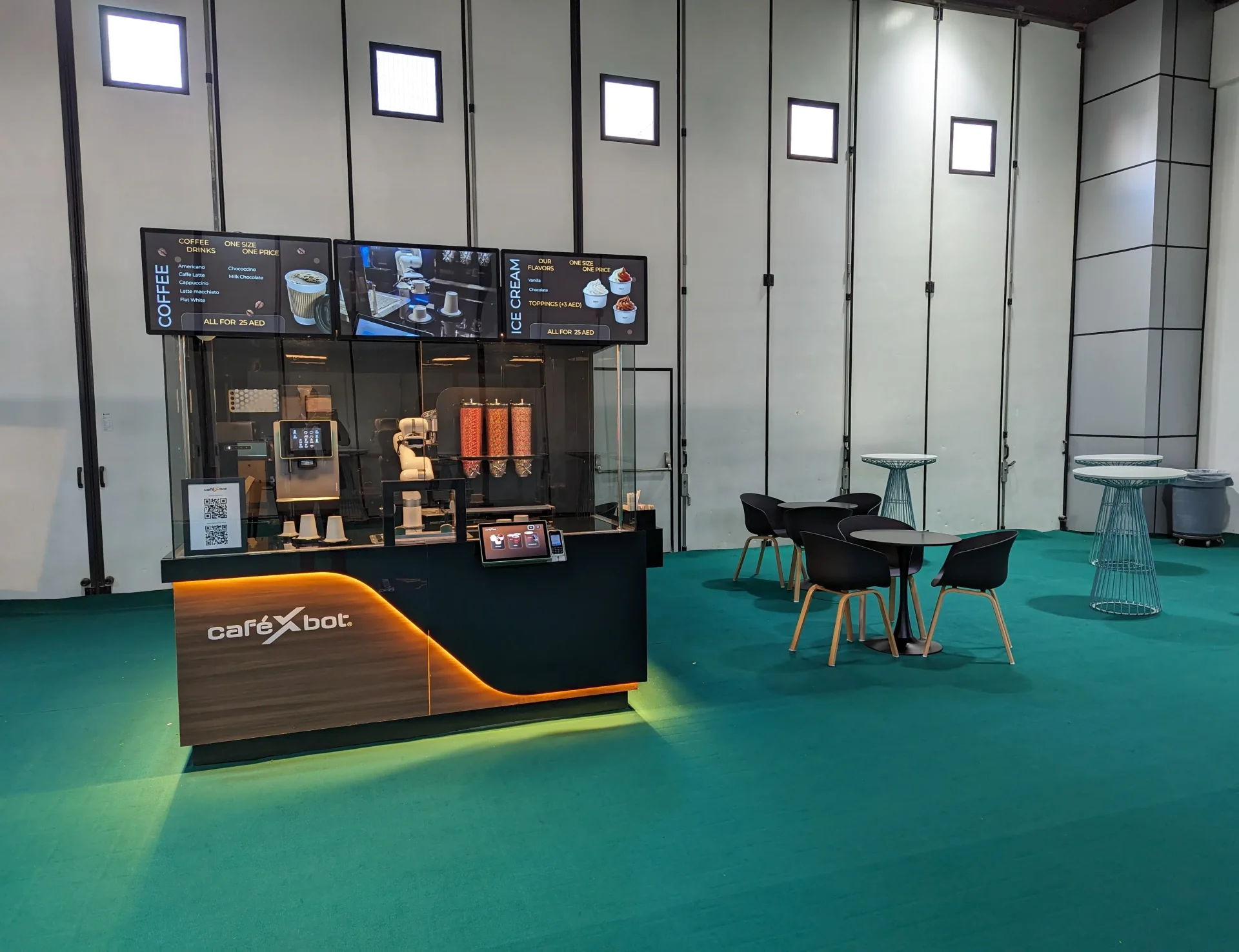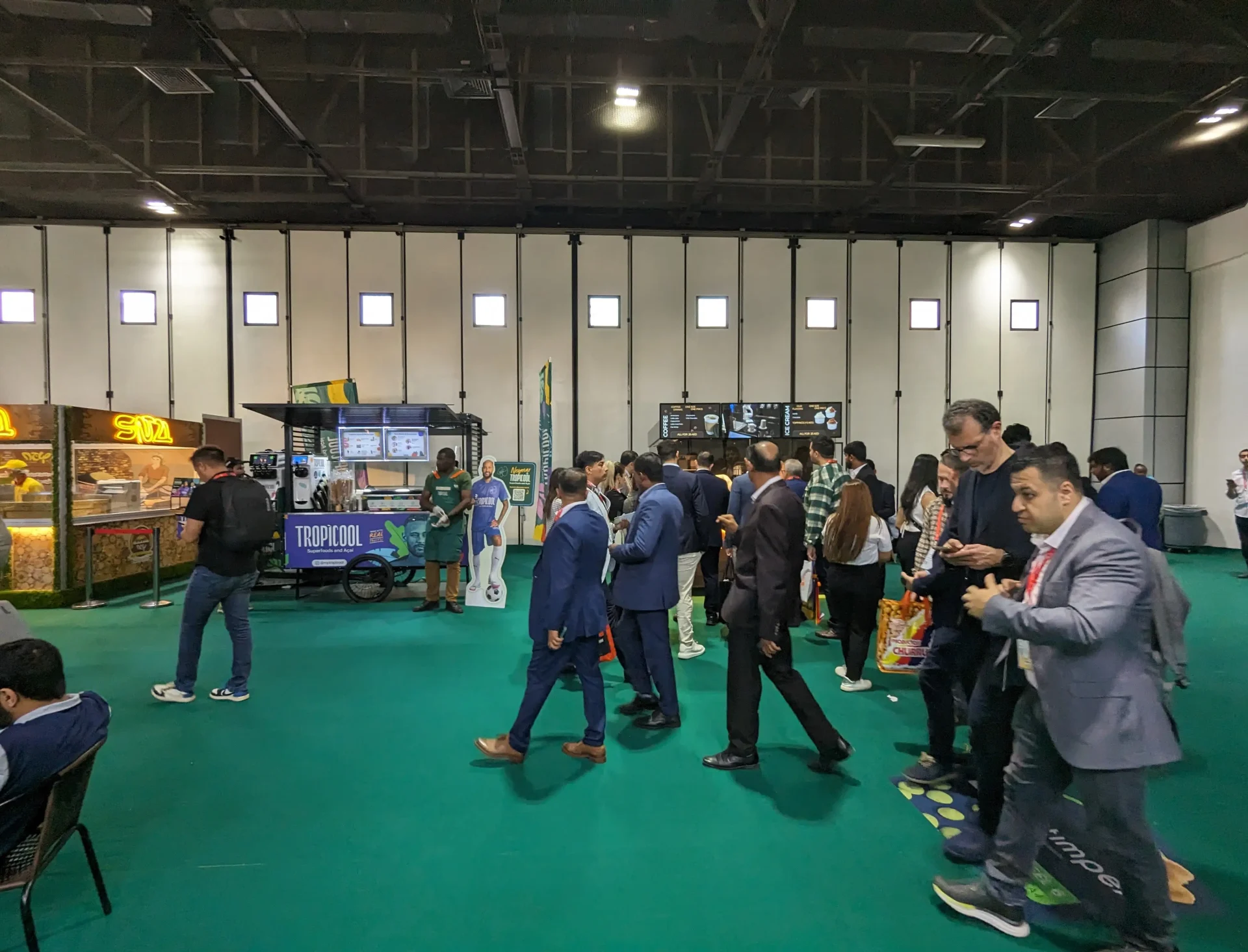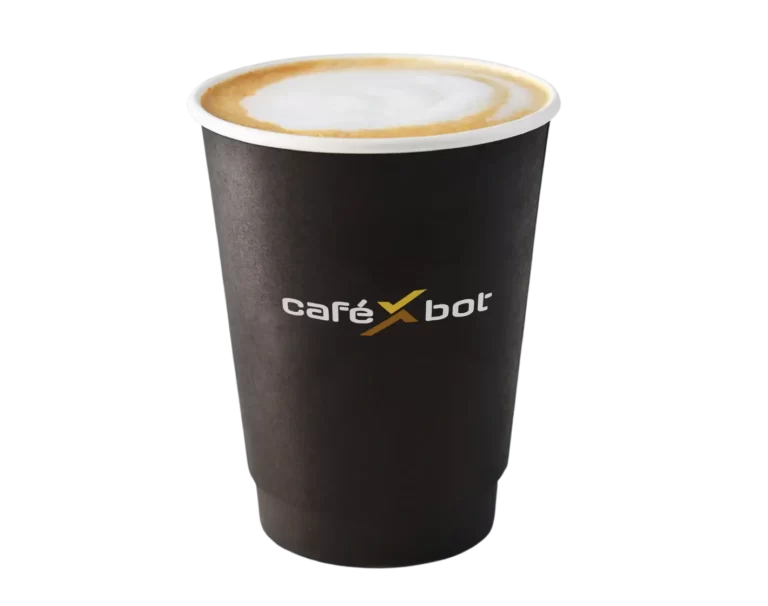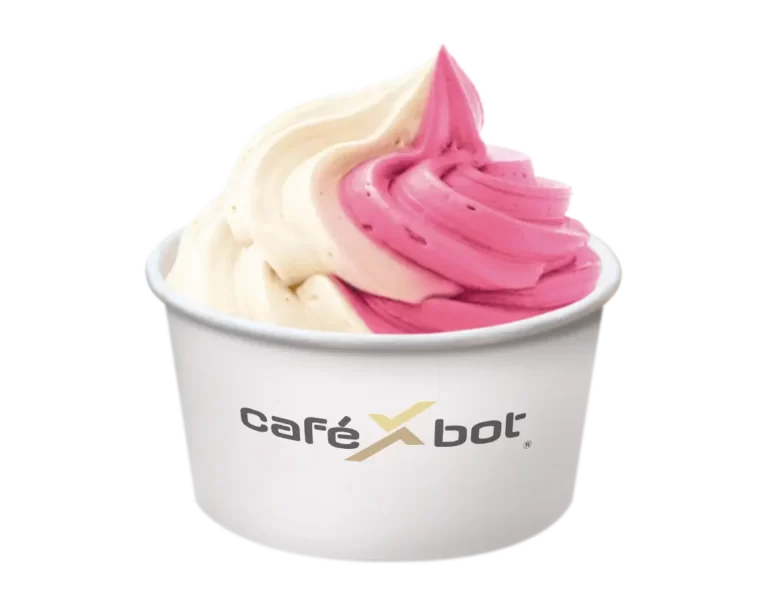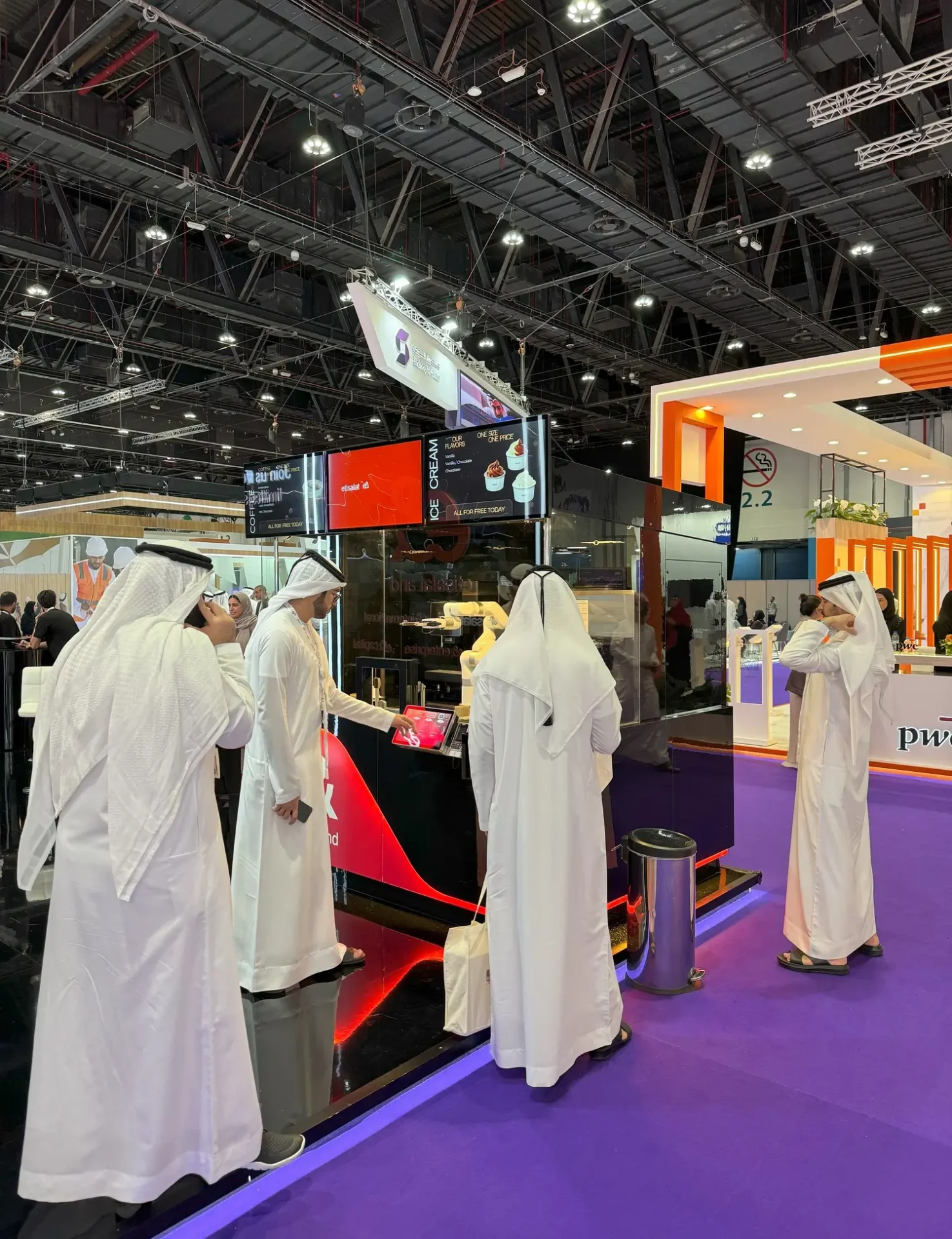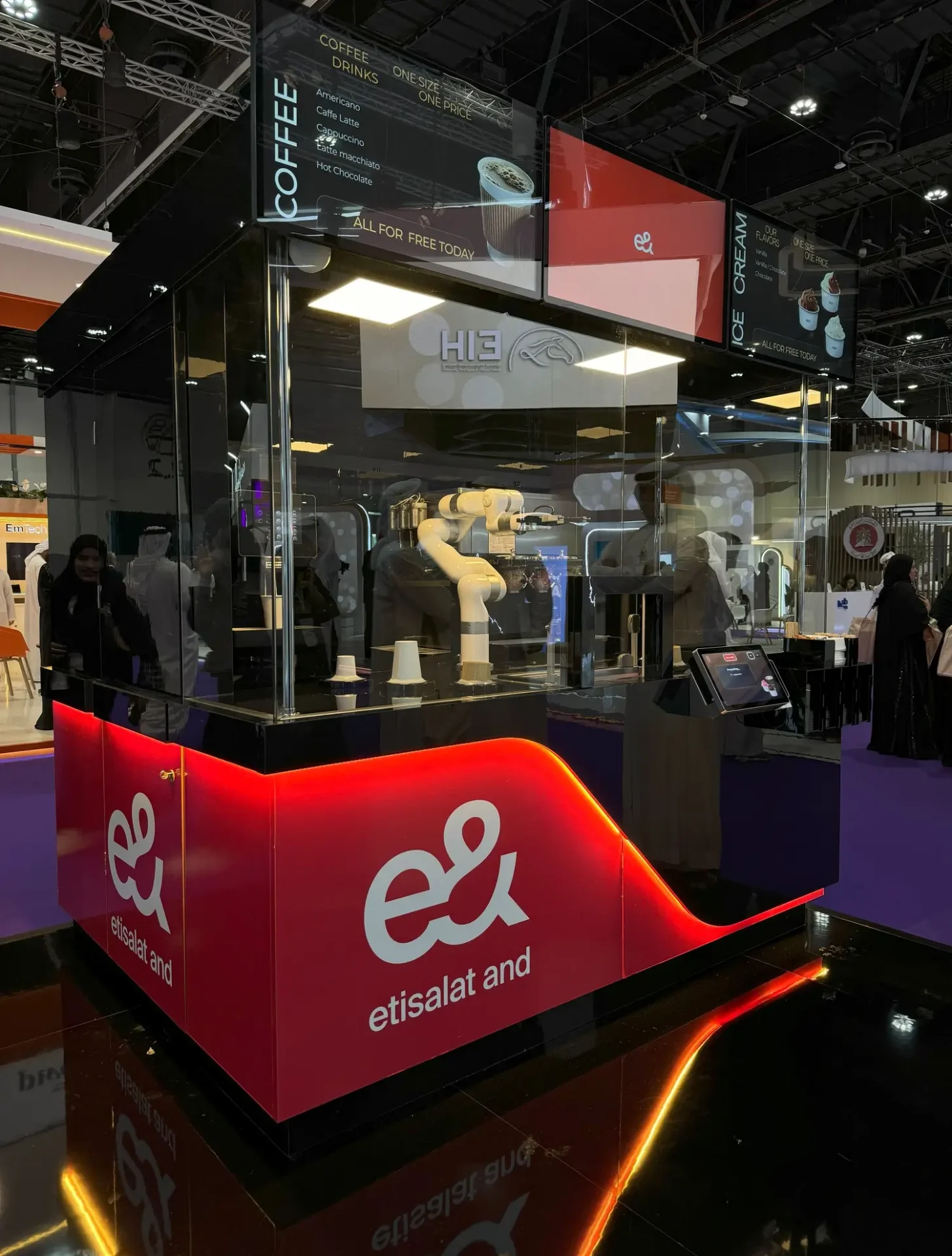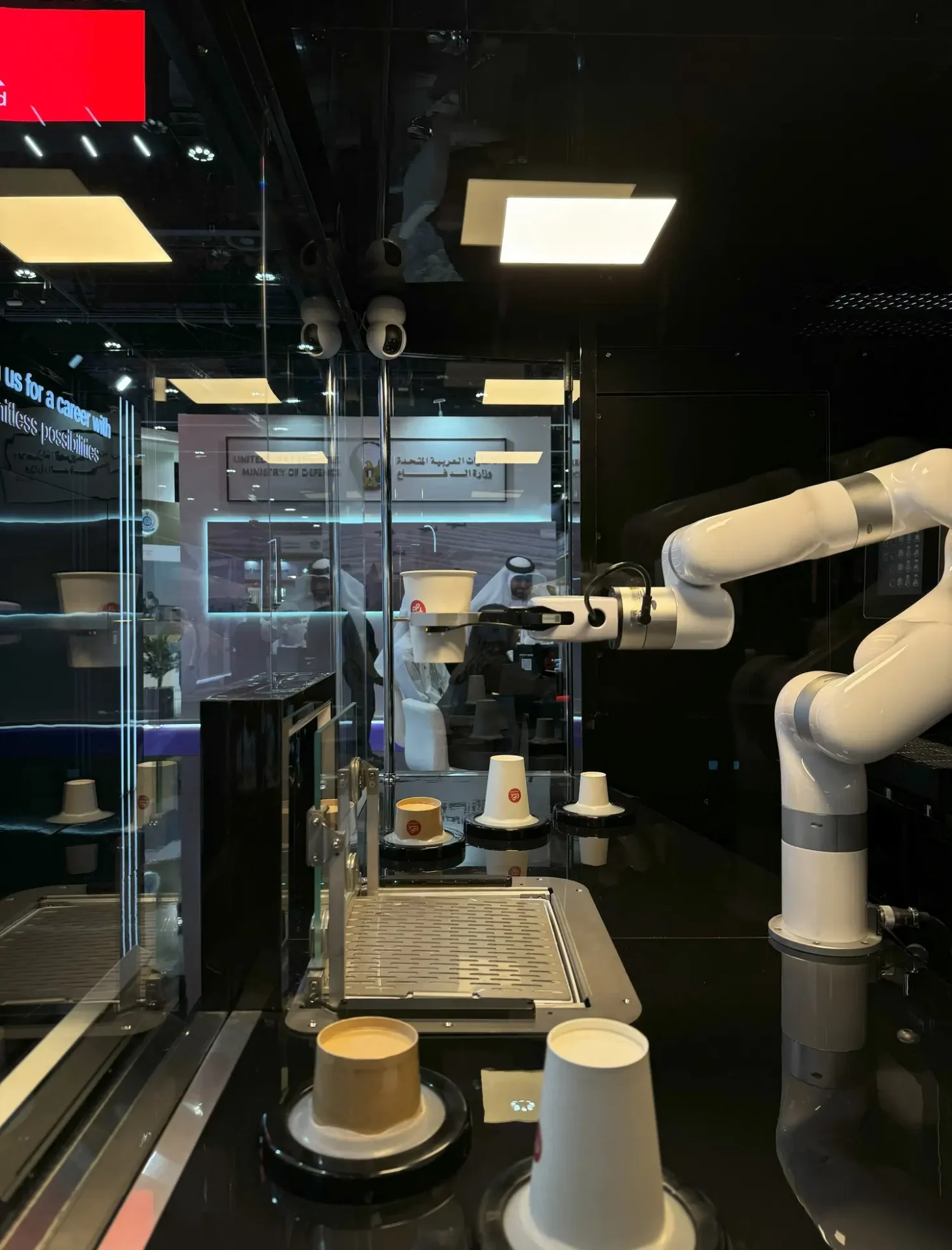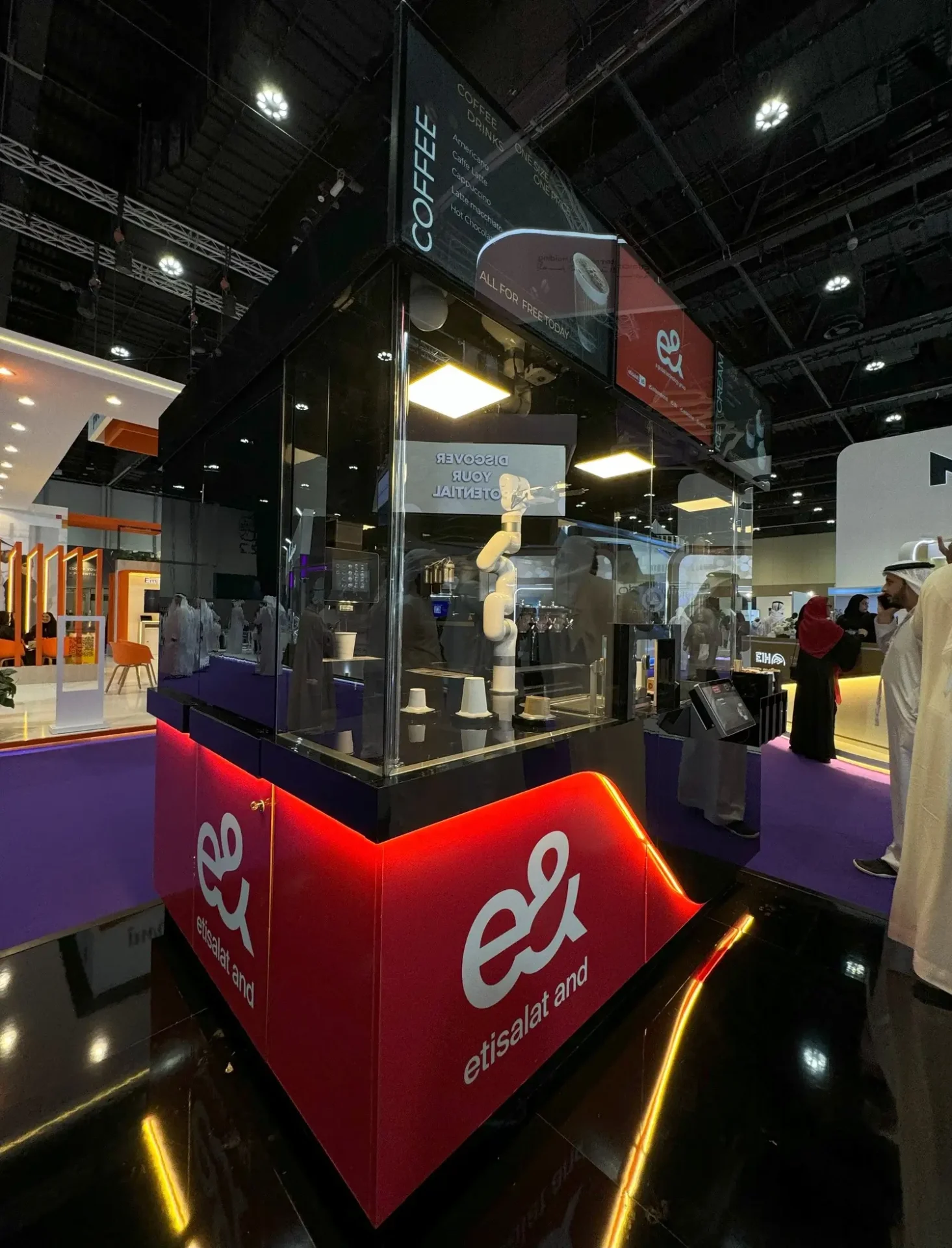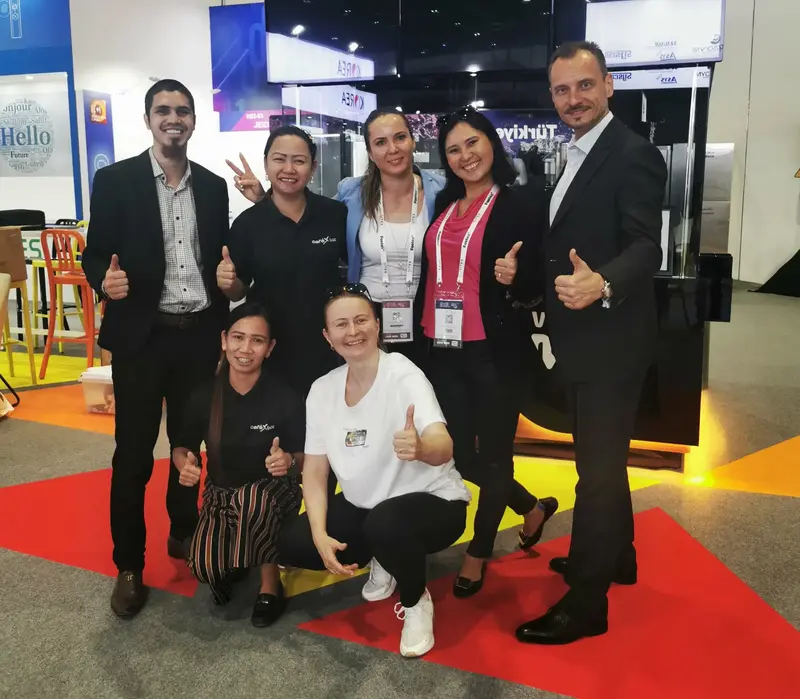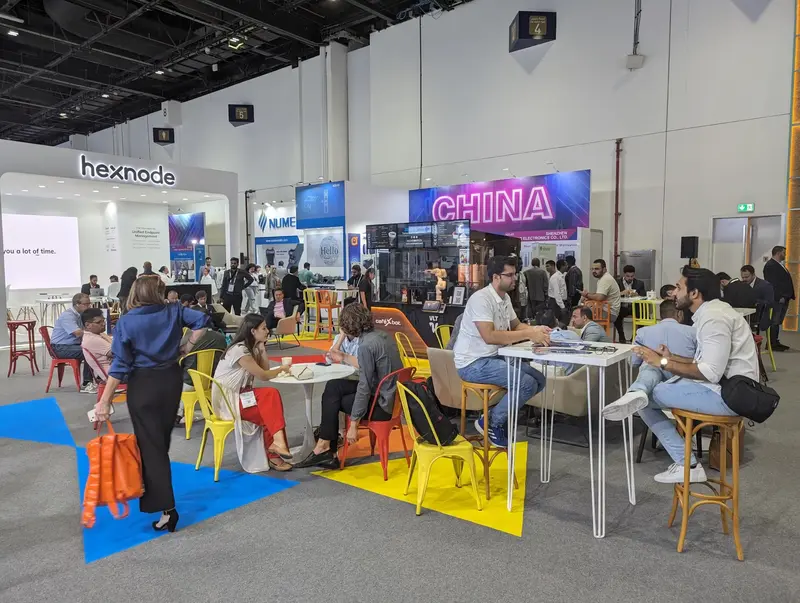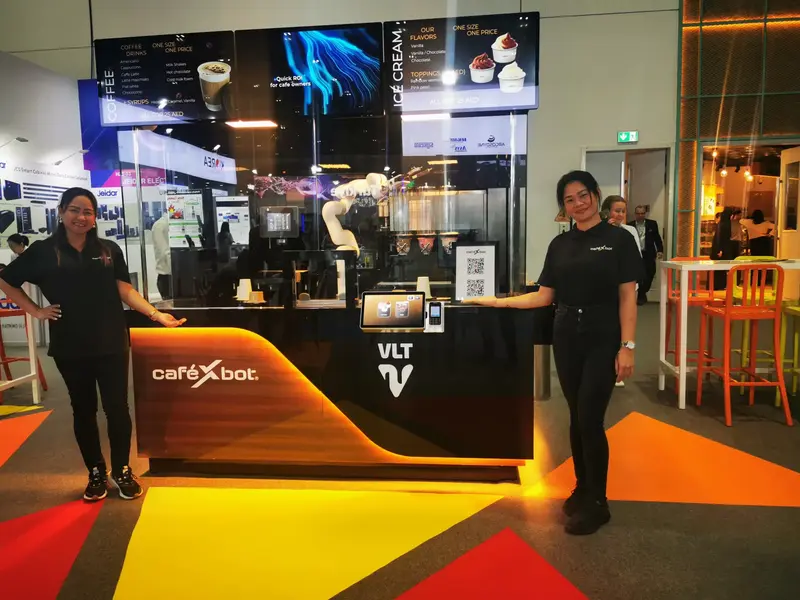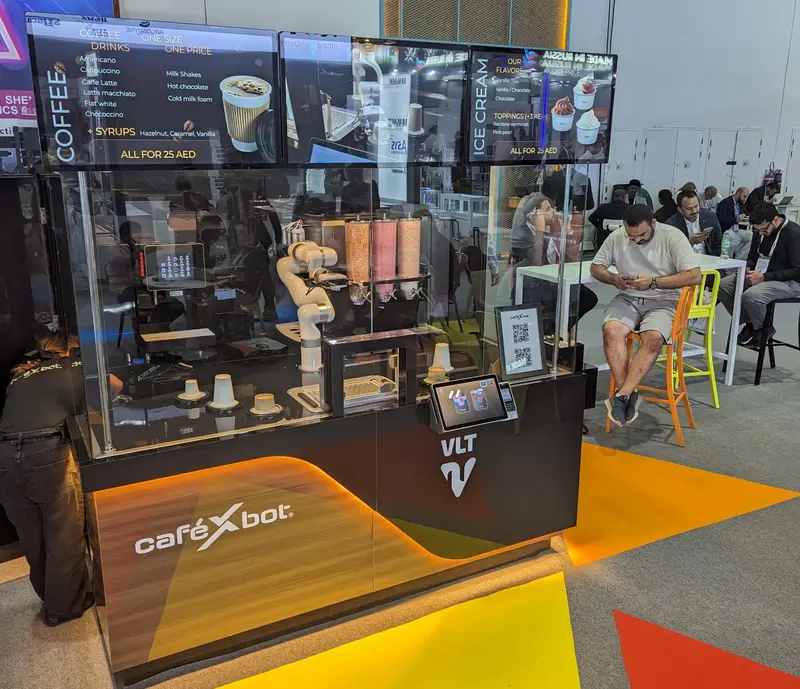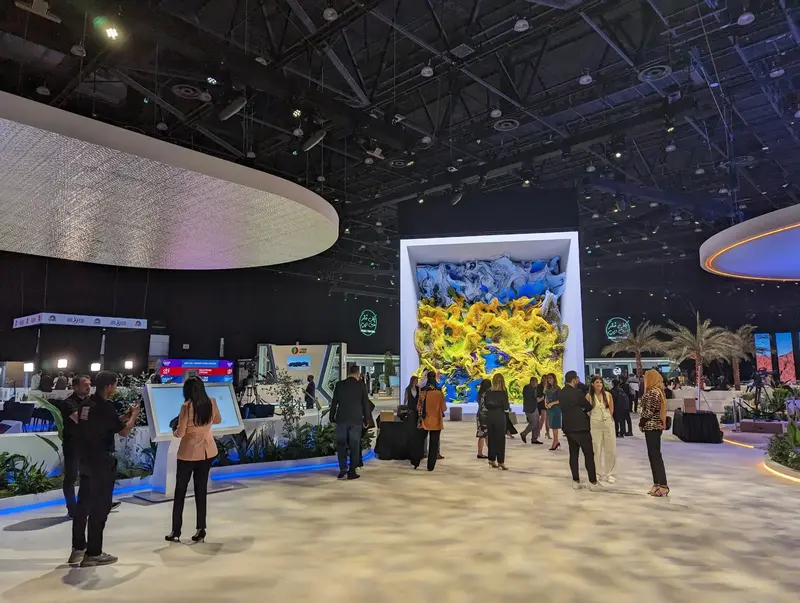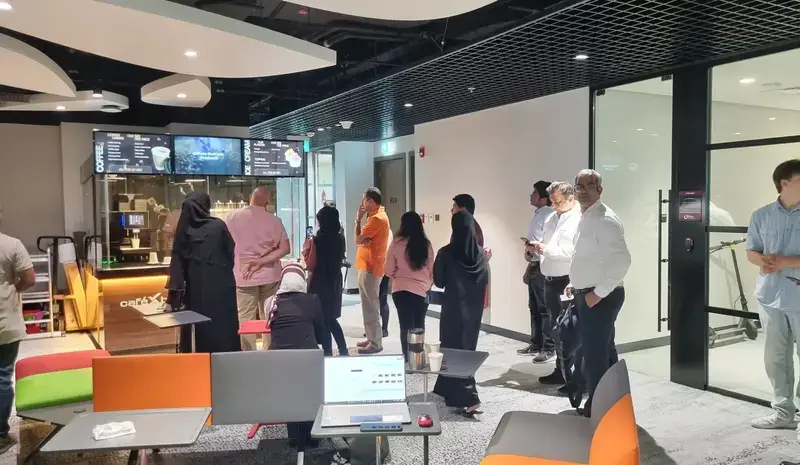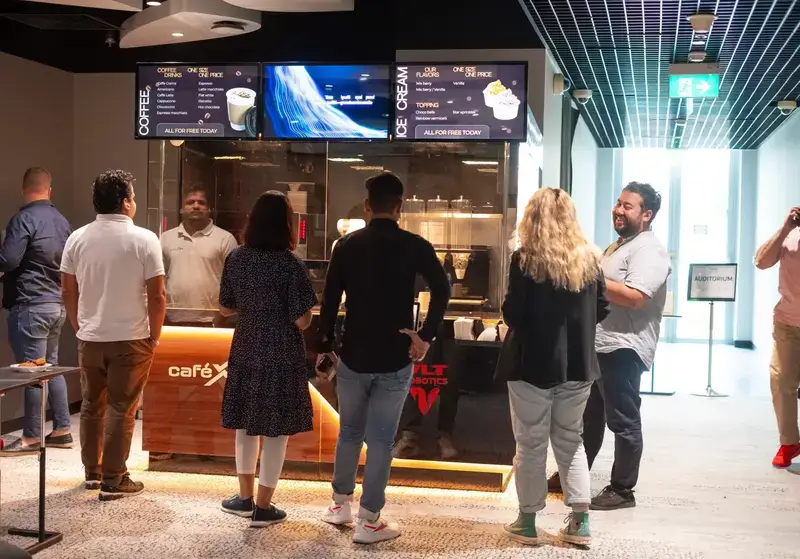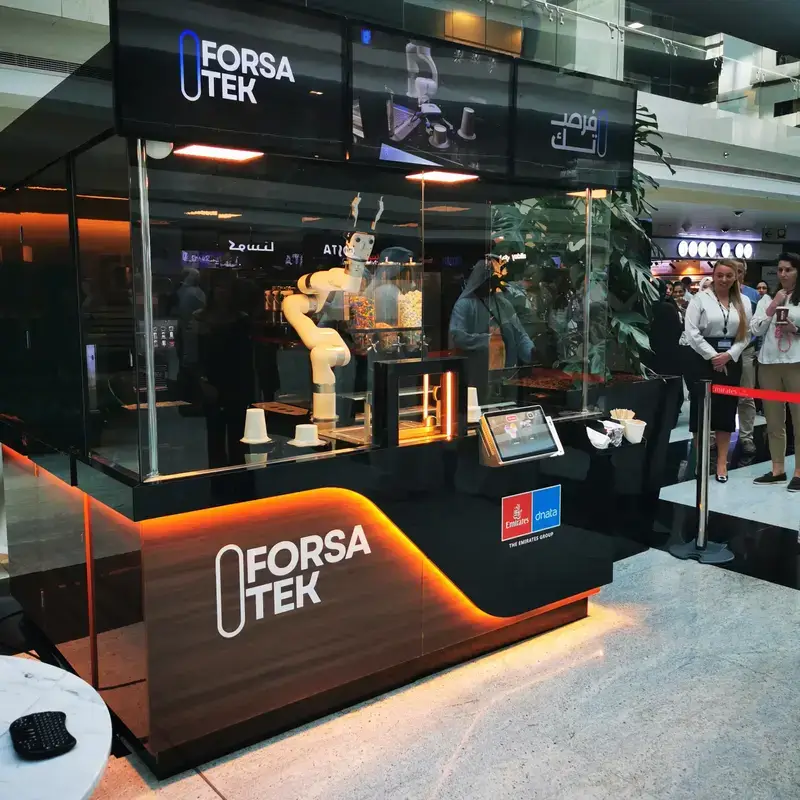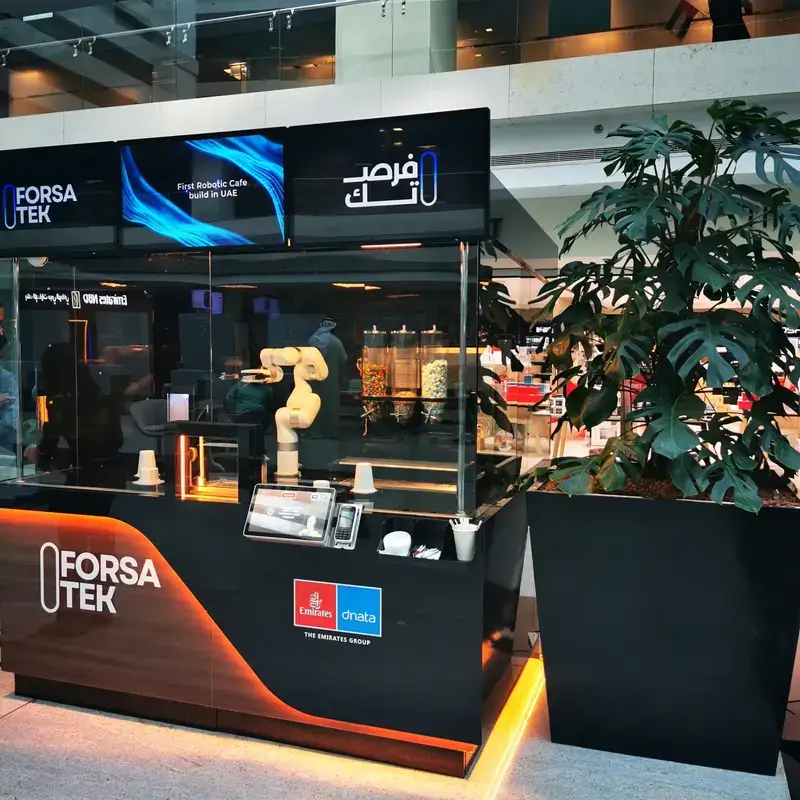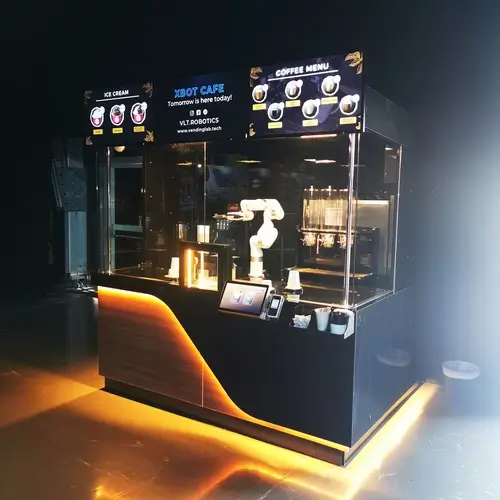
Innovative Approaches to Maximizing Efficiency in Coffee Automation Solutions
In recent years, the coffee industry has witnessed a significant transformation driven by advancements in technology and automation. According to a report by the International Coffee Organization, global coffee consumption reached a staggering 10 million tons in 2022, prompting producers to explore innovative strategies to meet the surging demand. As consumers increasingly prioritize quality and convenience, the integration of automation solutions has become pivotal in optimizing production and enhancing the customer experience. Coffee Automation not only streamlines operations but also ensures consistency and precision in the brewing process, allowing businesses to maintain a competitive edge in a rapidly evolving market.
Moreover, a recent study by Research and Markets indicated that the coffee automation market is projected to grow at a compound annual growth rate (CAGR) of 12.4% from 2023 to 2030. This growth is attributed to the rising trend of specialty coffee and the growing preference for automated brewing methods among both consumers and baristas. By leveraging advanced coffee automation technologies, businesses can achieve higher efficiency, reduce waste, and ultimately satisfy the discerning tastes of modern coffee drinkers. As the demand for high-quality coffee continues to escalate, it is essential for industry stakeholders to explore innovative approaches to maximize efficiency and harness the full potential of automation in their operations.
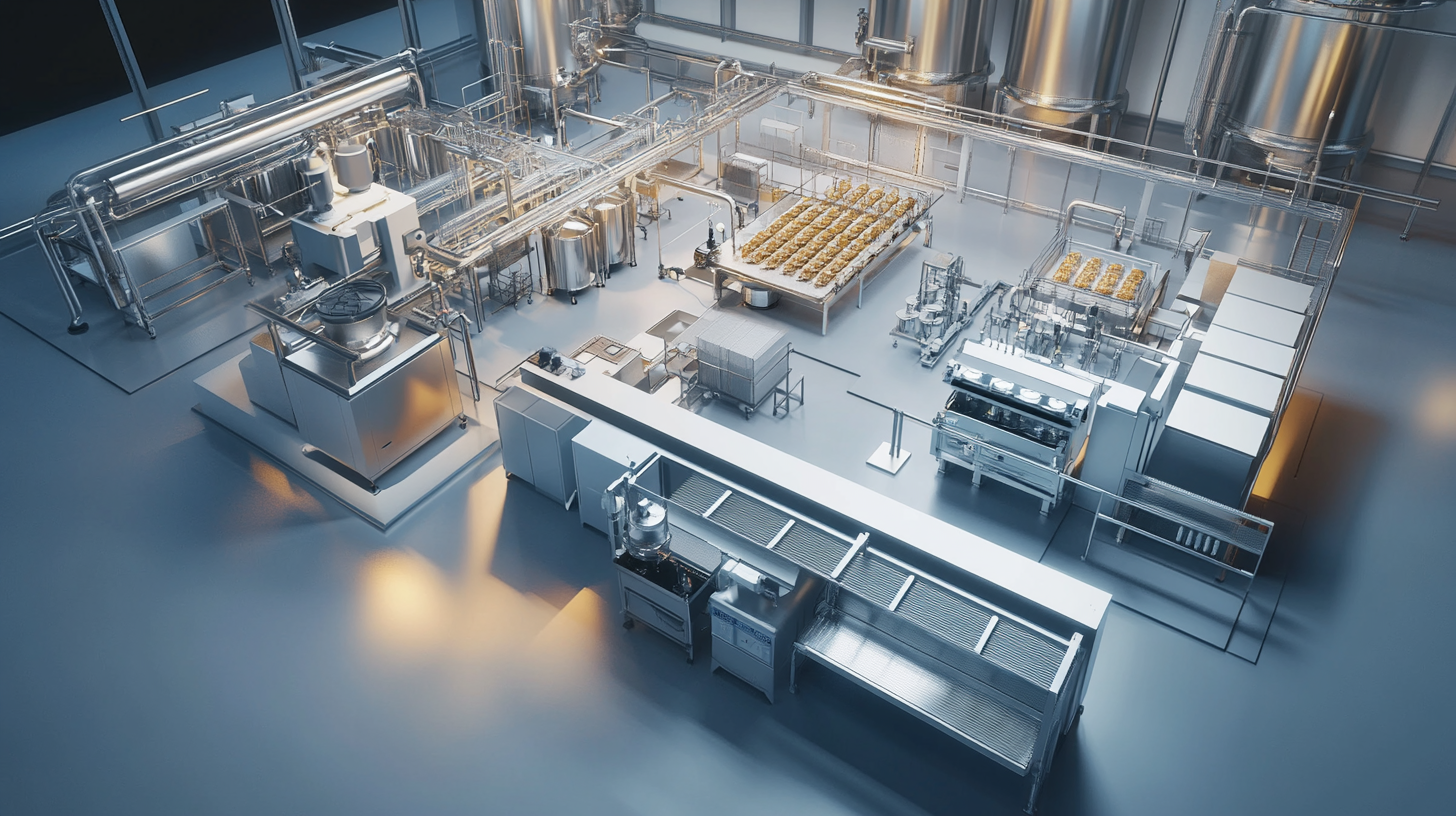
Emerging Technologies in Coffee Automation: A Game Changer for Efficiency
The coffee automation industry is rapidly evolving, with emerging technologies paving the way for unprecedented levels of efficiency. Traditional coffee brewing processes are being enhanced by cutting-edge innovations that streamline operations and elevate user experience. Advanced robotics and AI-driven algorithms are now integral in the design of coffee machines, enabling precise control over brewing parameters and ensuring consistency in flavor. This technological shift not only improves the quality of coffee served but also reduces waste and operational costs for businesses. One such breakthrough is the introduction of next-generation espresso machines that incorporate smart features, allowing baristas to customize drinks with ease. These machines can be remotely monitored and managed, providing real-time data on usage patterns and maintenance needs. This capability leads to more informed decisions regarding inventory management and machine upkeep, transforming the way coffee businesses operate. As these technologies continue to emerge, they set a new standard for efficiency, making them indispensable tools in the competitive landscape of the coffee industry. Moreover, as the demand for high-quality coffee increases, these innovative solutions enable establishments to scale their operations effectively. With reduced labor requirements and increased precision, coffee automation not only enhances the overall customer experience but also drives sales. The integration of these technologies is not just a trend but a definitive game-changer, reshaping how coffee is produced and served, and positioning businesses for future growth in an ever-evolving market.
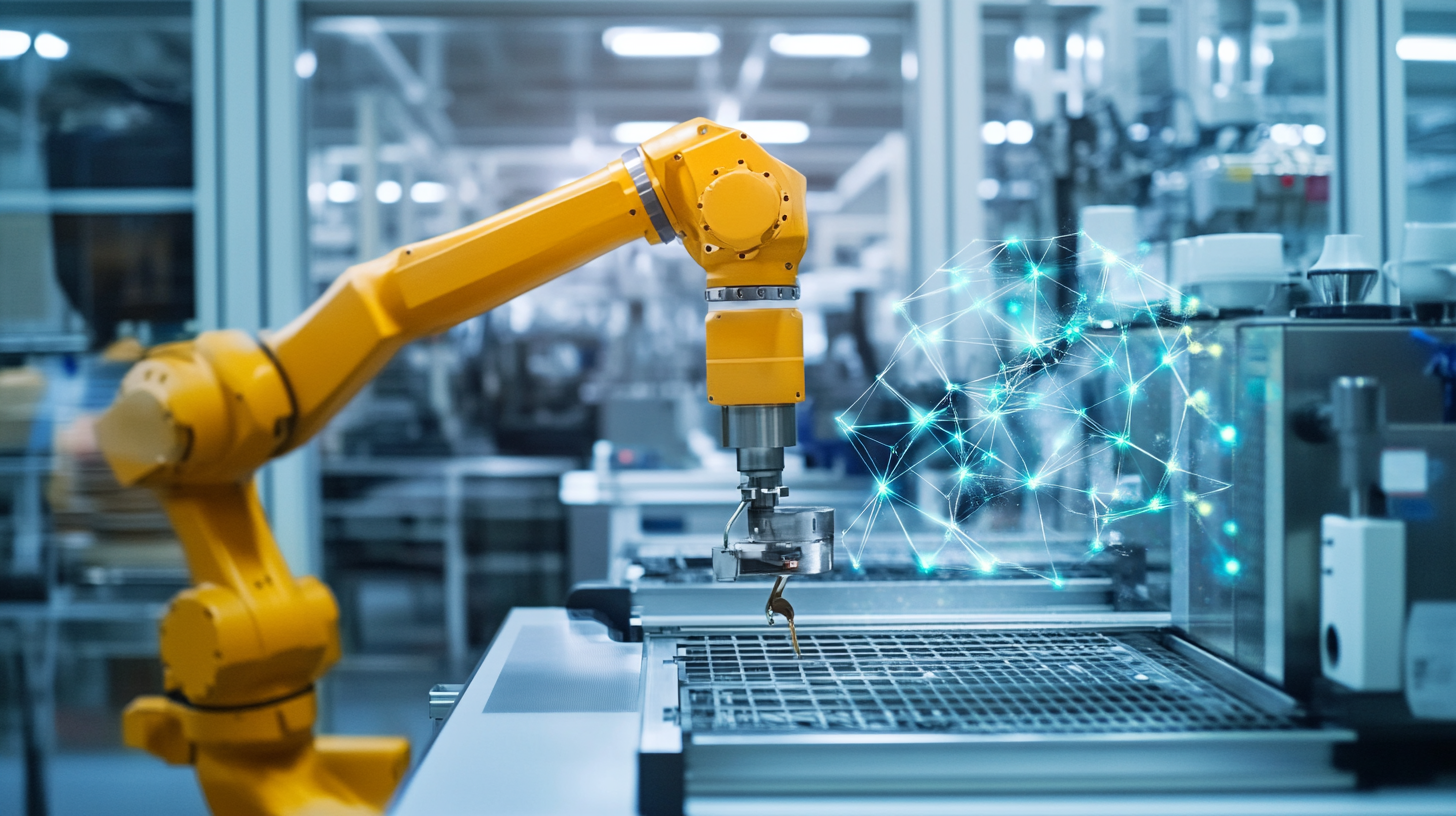
Streamlining Processes: How Robotics are Redefining Coffee Production
In recent years, the coffee industry has been experiencing a transformation powered by robotics and automation technology. As manufacturers increasingly adopt automated robots, the efficiency of coffee production is being redefined. A report by the International Coffee Organization indicates that the global coffee market is projected to reach $155 billion by 2026, making it crucial for producers to optimize their processes. Integrating robotics not only enhances speed but also ensures precision in various stages of coffee production, from processing to packaging.
Automated robots are designed to perform repetitive tasks with remarkable accuracy and minimal downtime. They are capable of handling everything from roasting to brewing, which minimizes human error and accelerates the production timeline. For instance, robots equipped with artificial intelligence can be programmed to monitor brewing conditions in real-time, adjusting key variables to ensure optimal flavor extraction. This innovative approach enables production facilities to maintain high-quality standards while meeting increasing consumer demand.
Moreover, as labor shortages in the manufacturing sector become more pressing, automation offers a viable solution. According to industry analysts, companies that have embraced robotic solutions have reported productivity increases of up to 30%. In the coffee sector, where precision and consistency are paramount, the deployment of robots not only saves time but also reduces labor costs. This shift towards automation represents a significant evolution in how coffee is produced, marking a new era of efficiency in an industry characterized by tradition.
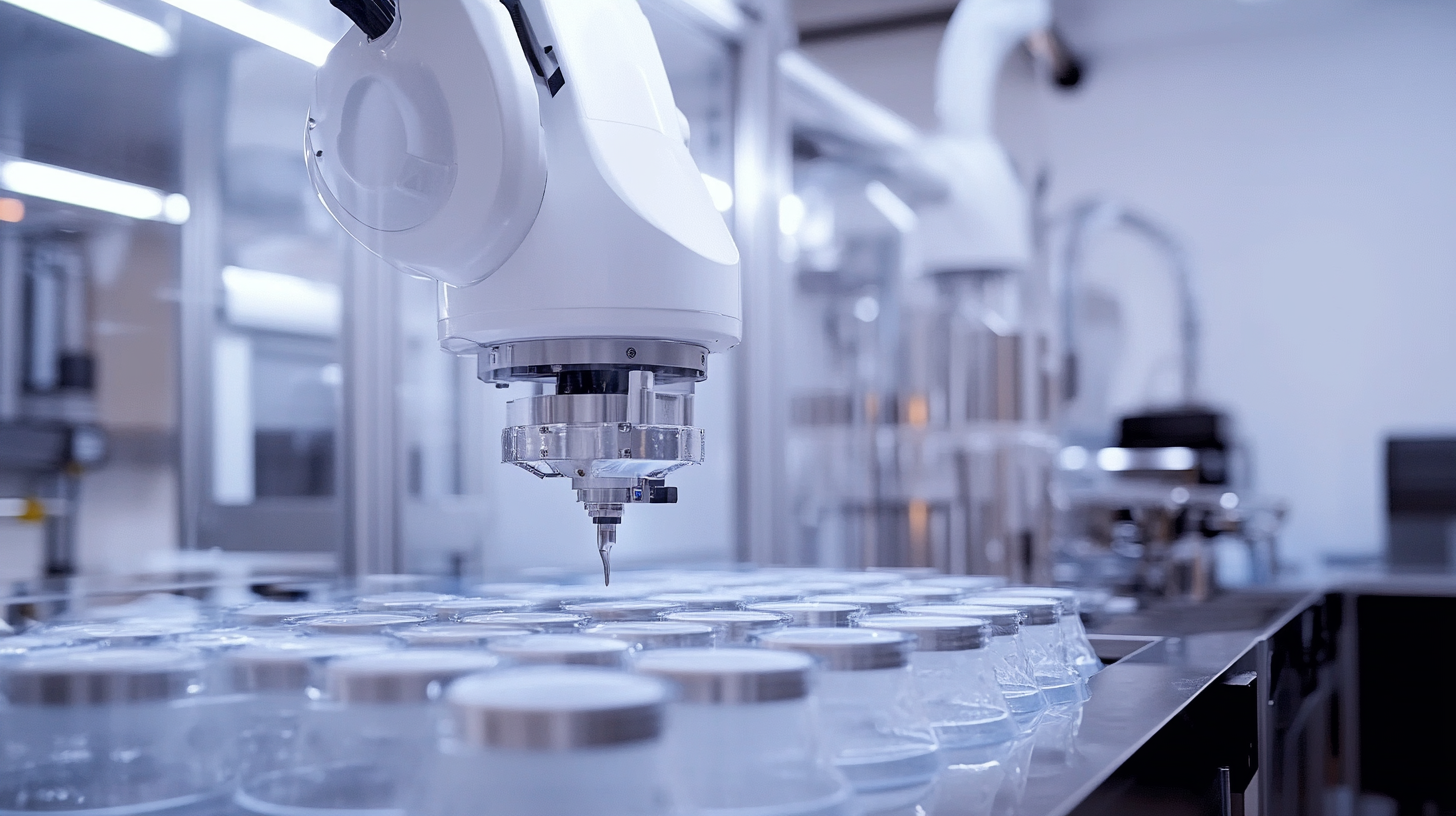
Data Analytics in Coffee Automation: Enhancing Decision-Making and Productivity
Data analytics has emerged as a cornerstone of modern coffee automation solutions, offering a wealth of opportunities to enhance decision-making and productivity within the industry. According to a report by Technavio, the global coffee machine market is expected to grow by over $1.75 billion from 2021 to 2025, propelled largely by advancements in data-driven technologies. By harnessing the power of data analytics, coffee producers can gain valuable insights into consumer preferences, operational efficiency, and market trends, leading to more informed strategic choices.
One innovative approach rooted in data analytics is predictive maintenance for coffee machinery. Utilizing IoT sensors and data analysis, coffee producers can monitor equipment performance in real-time and predict potential failures before they occur. This proactive strategy not only minimizes downtime but also reduces maintenance costs by up to 30%, as reported by the Institute of Electrical and Electronics Engineers (IEEE). Furthermore, integrating machine learning algorithms can optimize brewing parameters based on historical data, resulting in a notably consistent flavor profile—a critical factor for retaining customer loyalty.
Employing data analytics also allows coffee businesses to streamline supply chain management. By analyzing data patterns, companies can forecast demand more accurately, reducing waste and ensuring timely delivery of fresh coffee beans. A study by McKinsey found that companies that leverage advanced analytics in their supply chains can improve inventory turns by 20% to 50%. As these innovative techniques continue to evolve, the role of data analytics in coffee automation will undoubtedly play a pivotal part in shaping a more efficient, responsive, and sustainable industry.
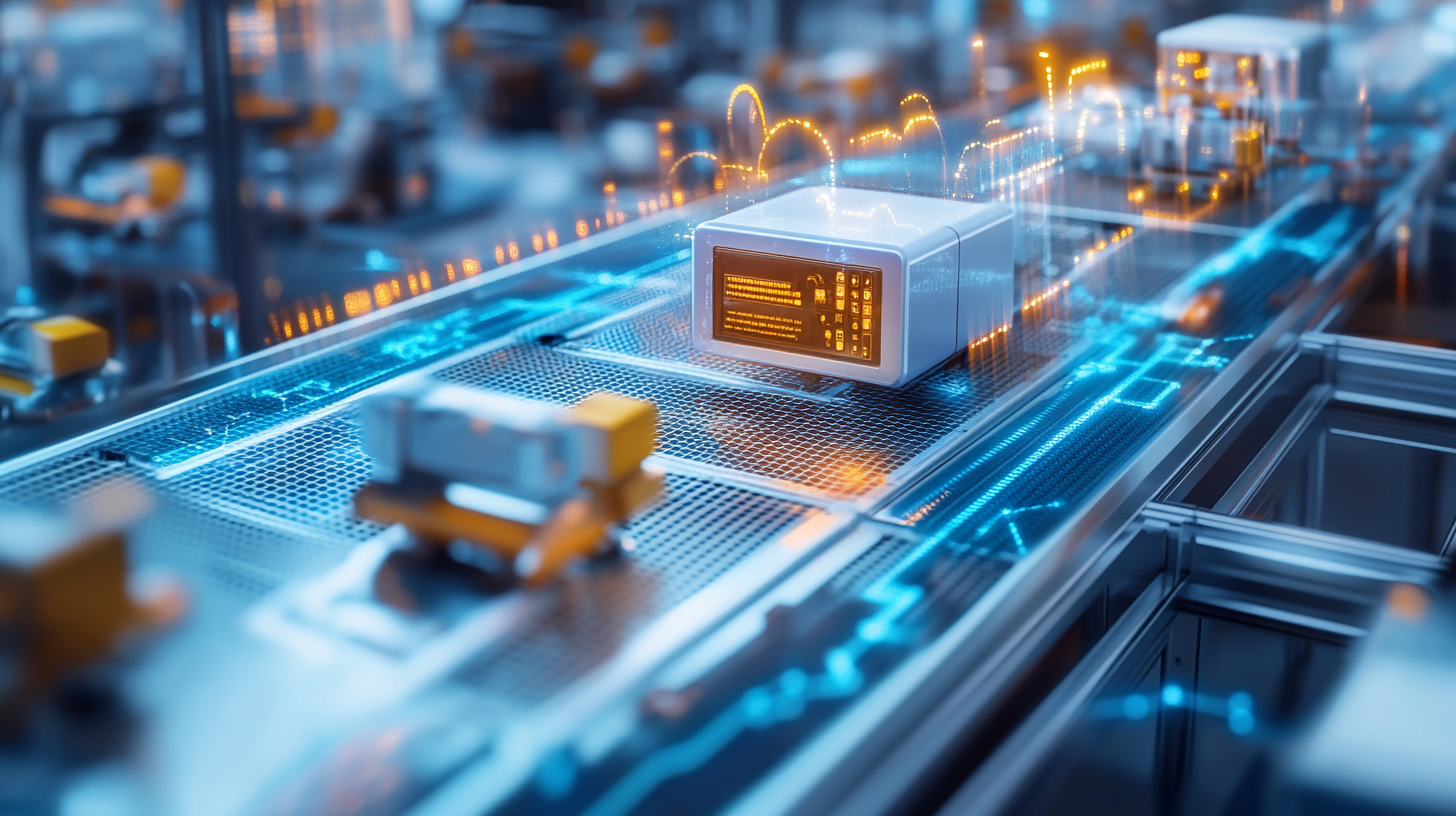
Sustainable Practices in Coffee Automation: Balancing Efficiency and Environmental Impact
As the coffee industry evolves, the integration of automation solutions becomes increasingly vital. However, this push for efficiency must be carefully balanced with sustainable practices to minimize environmental impact. According to a report by the International Coffee Organization, over 2.25 billion cups of coffee are consumed globally each day, leading to significant demand for coffee production. In response, automation technologies such as robotic brewing systems and IoT-enabled supply chain management can streamline operations and reduce waste, ultimately fostering a more sustainable coffee industry.
Implementing automation can significantly reduce the carbon footprint of coffee production. A study published in the journal *Sustainability* found that advanced brewing machines can cut energy consumption by up to 30% compared to traditional methods. Additionally, data-driven inventory management reduces the likelihood of overproduction and waste; the Food and Agriculture Organization estimates that about one-third of all food produced globally is wasted, and similar practices in coffee can lead to significant resource savings.
Moreover, sourcing coffee from environmentally-friendly farms is complemented by automation. By utilizing machine learning algorithms, coffee distributors can optimize their sourcing routes, reducing transportation emissions. The Rainforest Alliance reported that certified farms not only preserve biodiversity but also enhance soil health, leading to better crop yields over time. By investing in automation that prioritizes sustainability, the coffee industry can meet growing consumer demand while ensuring the safeguarding of environmental resources for future generations.
User-Centric Design: Improving Interaction in Coffee Automation Systems
In the rapidly evolving world of coffee automation, user-centric design stands as a pivotal approach to enhancing the interaction between consumers and technology. A smooth, intuitive interface not only elevates the coffee-making experience but significantly contributes to operational efficiency. When users can easily navigate the automated systems, they spend less time troubleshooting and more time enjoying their beverage. By prioritizing user experience in the design phase, developers can create systems that are not only functional but also enjoyable to use.
To achieve this, employing user feedback during the design process is crucial. Engaging potential users in focus groups or beta testing sessions provides valuable insights into their preferences and pain points. For instance, simplifying the interaction process, such as streamlining the selection of coffee types and customization options, can drastically improve satisfaction. Furthermore, intuitive visual cues and responsive touch interfaces can help users quickly adapt to new systems, reducing the learning curve associated with advanced coffee machines.
Another essential aspect of user-centric design is accessibility. Designing for a diverse range of users, including those with different physical abilities or technological familiarity, ensures that coffee automation systems are welcoming to everyone. This can involve implementing voice-activated controls, adjustable screen placements, or tactile buttons that accommodate various user needs. By focusing on inclusivity, brands can broaden their market reach while fostering a positive relationship with their customer base, ultimately leading to enhanced brand loyalty and increased sales.








